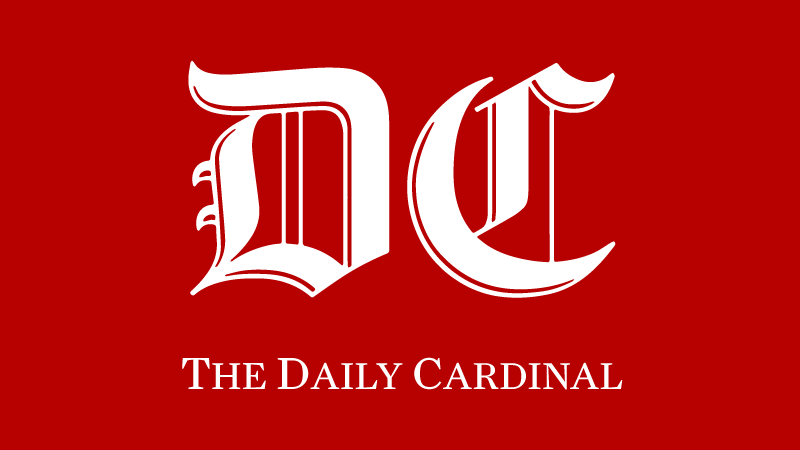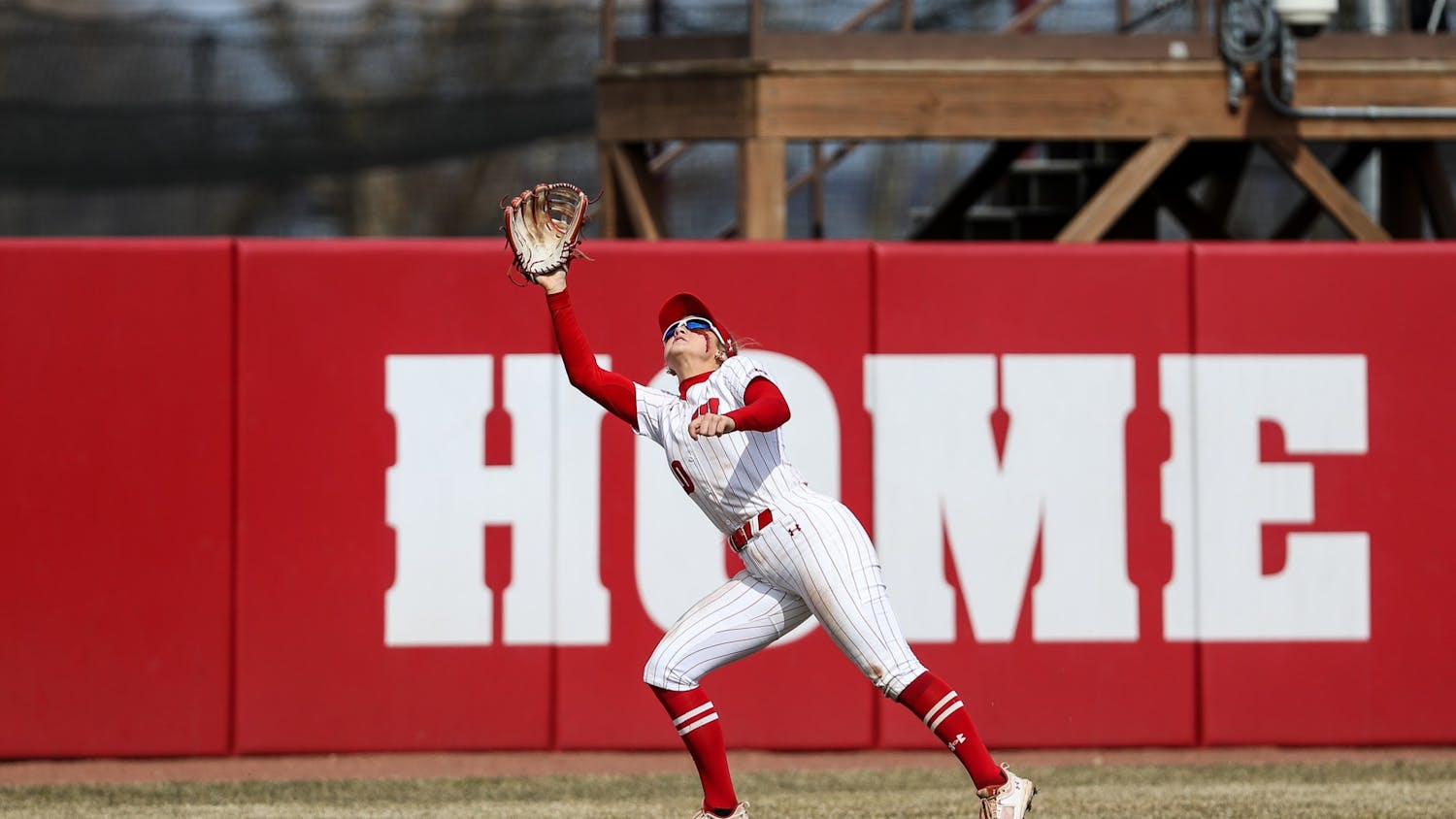If you need any reminders of the fast-paced and inconsistent nature of today’s college basketball climate, look no further than the Wisconsin Badgers’ tribulating offseason.
Seven players have entered the transfer portal since Wisconsin's season came to a close in mid-March. After a season that peaked with a No. 6 ranking in the AP Poll and ended with an abrupt first-round exit in the NCAA Tournament, head coach Greg Gard and Wisconsin now face the uncomfortable reality of a rapidly evolving sport where money is king.
In a sport overtaken by the transfer portal and name, image and likeness (NIL) deals, this short offseason has sounded heavy alarms. Beginning with promising reserve Connor Essegian’s departure, headlined by star guard AJ Storr’s transfer and culminating with three-year starter Chucky Hepburn’s confounding exit, Wisconsin has been hit as hard as any program this portal season.
Along with the big names, Wisconsin has also lost a plethora of bench players, including Isaac Lindsey, Luke Haertle, Ross Candelino and the once-heralded Gus Yalden, a former 4-star recruit, who never broke into Gard’s rotation.
This is a substantial turn for a Wisconsin team that made solid strides at the beginning of this season. After missing out on the NCAA Tournament in the 2022-23 season, the Badgers regrouped, bringing in Storr via the transfer portal while relying on growth from other key pieces. It led to a 22-14 record, a trip to the Big Ten Tournament championship game and a 5-seed in the NCAA tournament, albeit with a disappointing, season-ending loss to James Madison.
But the result was seven players embracing the enticing arms of the transfer portal, illustrating how aggravatingly challenging it is to achieve sustained success in college basketball. Instead of running it back with most of a squad that made headlines in the Big Ten, Wisconsin will be forced to start anew next season.
And yet in an age where transfer portal announcements have become painfully numbing, none of it seems entirely surprising.
Yearly significant roster turnover is the new norm in college basketball, and while it is unsatisfying and frustrating alike, it is here to stay.
Wisconsin’s tumultuous offseason began when Essegian entered his name into the portal on March 24. Essegian, the sophomore shooting guard, struggled this season and experienced significant dips in playing time. A key contributor on the 2022-23 team, Essegian’s reduced role led to an unsurprising transfer at the end of the season. Essegian’s departure fit the mold of a modern-age traditional transfer — a player unhappy with playing time leaving to seek greater opportunities.
Then came Storr’s announcement. Storr is a premier guard in college basketball, averaging 16.8 points a game this past season and entering the national conversation after a brilliant Big Ten Tournament run. His undeniable athleticism was rare for a Wisconsin player, and by midseason, he emerged as the most talented player on the team.
But after Wisconsin’s season-ending loss, rumors Storr would not return to the program were already swirling. After all, dating back to his high school days, Storr was on his seventh team in as many years. Another move would shock no one.
Sure enough, on March 24, Storr declared his intentions to enter the NBA Draft. But on March 28, he switched course, entered the transfer portal and committed to Kansas on Thursday.
Then came the ultimate blow: Hepburn’s exit. The fan favorite announced his decision to hit the transfer portal Thursday, citing an “opportunity to explore new possibilities.”
If the Essegian and Storr transfers were disappointing to Badger fans, Hepburn’s decision was the final gut punch. Hepburn burst onto the scene as a freshman in the 2021-22 season and started all 103 games he played for the Badgers. Throughout his three seasons in Madison, fans watched him develop and mature into a consistently valuable player. Hepburn was destined to take the reins as team leader next year.
And all signs pointed to him returning. After the James Madison loss, a visibly disappointed Hepburn expressed a desire to finish strong as a Badger.
“We’re going to get back to this. This isn’t the last of us,” he warned. When asked if it was safe to assume he would be back next season, Hepburn replied with an immediate, “Yeah.”
Hepburn had been a classic Badger, growing in each season, becoming a recognizable face and a breath of fresh air in the uncertain era of the portal. He consistently spoke of taking pride in wearing a Wisconsin jersey and even had a badger tattooed onto his arm.
All of this makes his transfer an alarming eye-opener. If a player like Hepburn could hit the road, anyone could.
It should be said that Hepburn’s departure was not with backstabbing or disloyal intentions. In his departing message, Hepburn said his decision was “not a reflection of anything lacking at Wisconsin.” He was a player who unquestionably cared about Wisconsin. The emotion in his voice and tears streaming down his face as he spoke of what it meant to be a Badger after the James Madison loss speaks for itself.
Rather, it’s a message, and a clear one at that, of the incredible opportunities and challenging decisions that college athletes are presented with today. Unlimited transfers and legalized NIL payments have opened the door to waters past players never had to navigate through.
While financial reasons are not the confirmed reason for Hepburn’s departure, it certainly is a possibility. If so, he should not be faulted for taking up a possibly once-in-a-lifetime opportunity to cash in.
But it can still be said that constant maneuvering via the transfer portal is an unorganized and maddening experience. Programs like Wisconsin can no longer expect to develop players in the way they once did. A player’s traditional four-year journey seems long gone.
Wisconsin must adapt, and the dramatic outflow of players from the program provides a stark signal.
So while the transfers Storr and Hepburn sting, this is the double-edged nature of college basketball today. In an evolving landscape, players fairly use their right to search for opportunity, while programs are left unrecognizable.
After this week, no one knows this harsh, uncomfortable reality better than Wisconsin.






